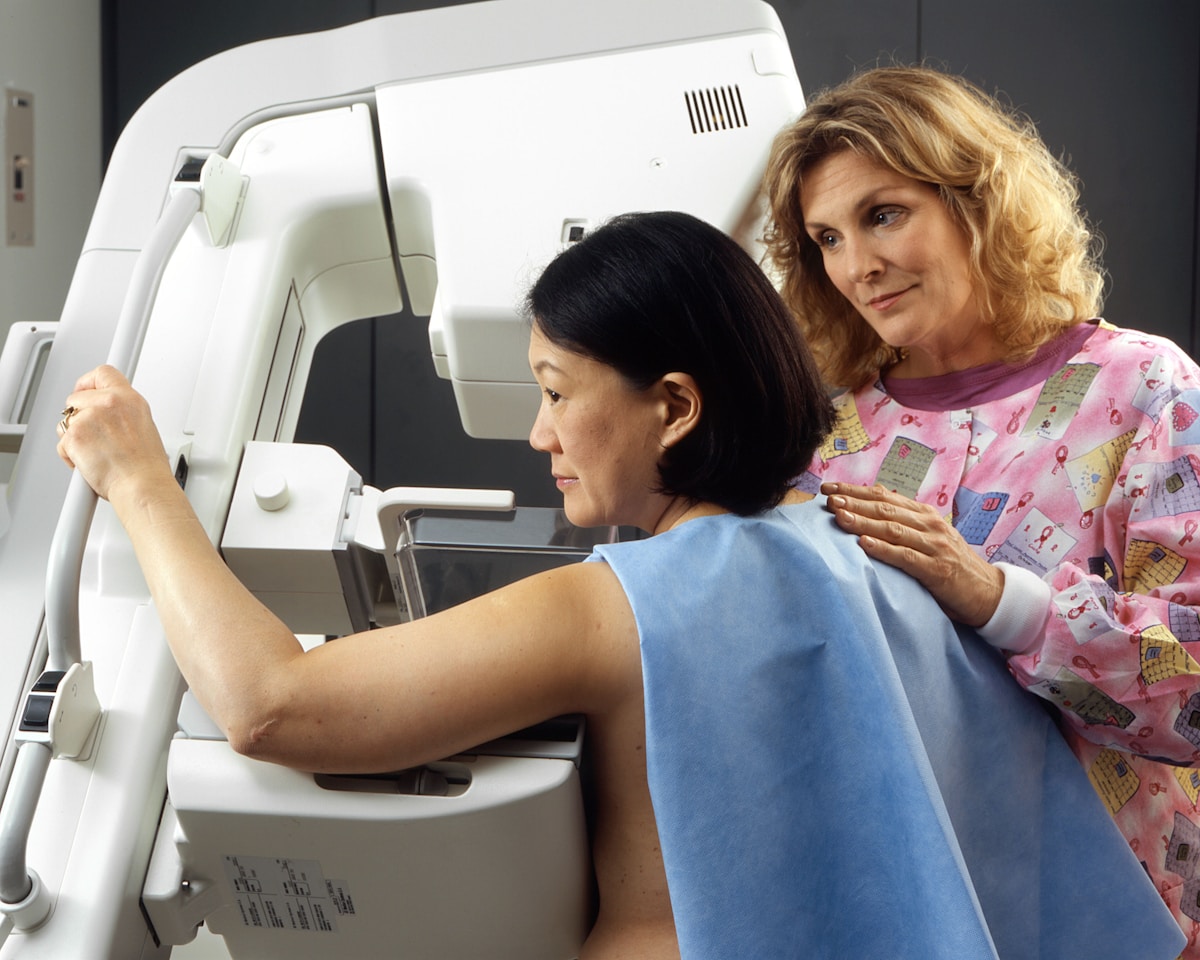Anyone living with Lymphoedema knows that it is a painful, at times debilitating and a life changing condition. Carrying an excessive amount of fluid in a limb, can affect normal movement and posture, and may lead to other concerns if not treated. Lymphoedema may also occur in other areas of the body due to treatments, injuries, trauma or surgeries that involve lymph nodes being removed. We all understand how even a small amount of swelling can be painful, and restrict normal movement of joints.

Traditional treatments for Lymphoedema include manual lymphatic drainage massage, bandaging and /or fitting of compression garments, exercise and skin care. The other treatment component that has gained more attention in the past decade has been the use of therapeutic laser.
Laser is an acronym for
L - Laser
A - Amplification by
S - Stimulated
E - Emission of
R - Radiation

Therapeutic medical lasers come in many different strengths and are used widely in the health Industry. Now known as Photobiomodulation (PBM), previously known as, low level laser, soft laser or cold laser and— referred to here as PBM therapy. PBM therapy is non-invasive and utilises a red infrared beam that causes no ionising radiation or heat. PBM therapy can have a positive influence on numerous conditions, including lymphoedema, fibrotic tissue, and cording (axillary web syndrome).
Lasers were first used in Europe for wound healing in the 1960’s. The use of laser therapy in lymphoedema management was pioneered in Australia in 1988 by Ann Thelander, and was based on previous research that had shown that laser increased lymphatic regeneration and function (Leivens, 1985).
PBM therapy has many benefits including:
- Pain Relief Non-invasive (No surgical incisions)
- Reduction of swelling and inflammation
- No down time
- Increased Joint mobility
- Softening of hard fibrosis /scar tissue
- Assist in treatment of cording
Literature (over 2500 studies) certainly supports the bio-stimulatory effects of laser therapy. The debate continues, however, mainly due to lack of large population studies of humans and the lack of consensus regarding optimal doses, pulse frequency and intervals between treatment sessions.
The first clinical trial in 1995 (Pillar et al 1995). The trial included 10 women with breast cancer related lymphoedema, and showed that laser alone caused on average a volume reduction of 19%.

In 2003 a randomised double blinded trial was performed (Carati et al, 2003). This trial showed that there was no initial volume reduction, but later at 1 and 3 months 31% of patients had approximately 200ml reduction, compared to the 4% of those that did not have laser therapy. Softening of fibrotic tissue was also measured.
The thinking around how PBM works is that the laser light works at a cellular level and in turn, results in increases of lymph fluid flow, reduces the amount of excess protein and tissue in the fluid, and reduces the ability of scar tissue to “stick” to the underlying healthy tissue.
During lymphoedema treatment, the laser is usually first placed over the armpit or groin lymph nodes and blood vessels before moving down to the arm /hand or leg/foot regions. This is often combined with Lymphatic drainage techniques to move the fluid away and ease congestion. This can be especially useful before bandaging or fitting with compression garments.
Research indicates that there is a cumulative effect over several sessions and that the frequency of treatments can then be reduced while still achieving or maintaining positive results. Treatment frequency is dictated by many factors and will depend entirely on the individual and their particular circumstances.
The great news with PBM therapy is that there are rarely any side effects as the laser doesn’t produce heat nor penetrate as deeply as other surgical or medical lasers. Some people have reported feeling tired after treatment and in some cases there have been reports of mild photosensitivity. It is always necessary to wear protective eye goggles when receiving treatment when laser is used.
If you have Lymphoedema whether from Breast Cancer related surgery or due to other causes, or would like to know more about what a comprehensive Lymphoedema treatment might entail, please get in touch.

